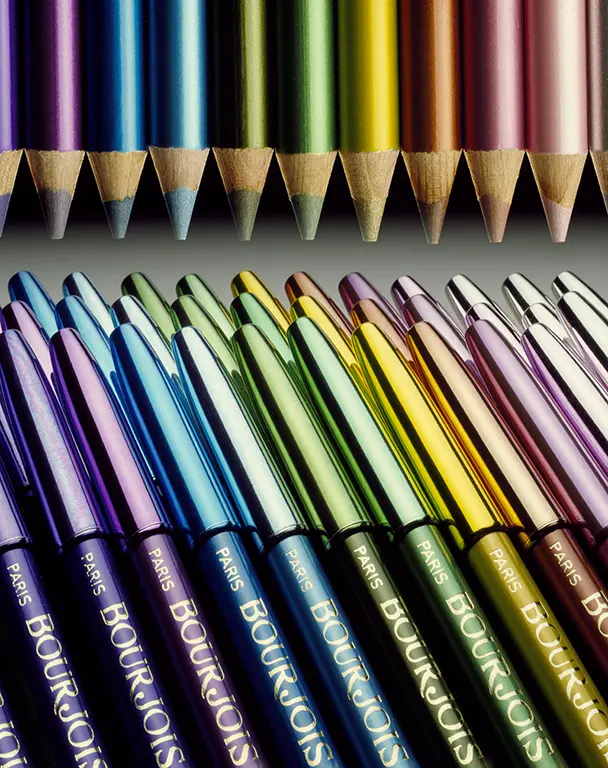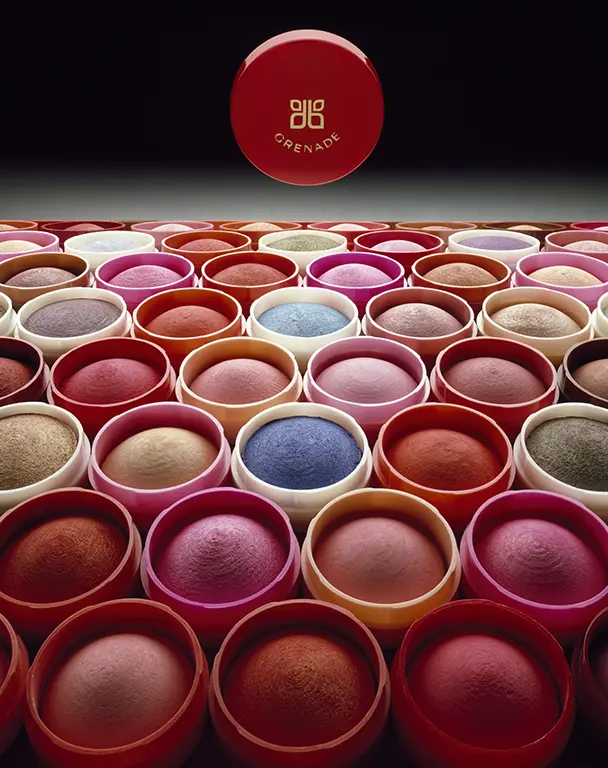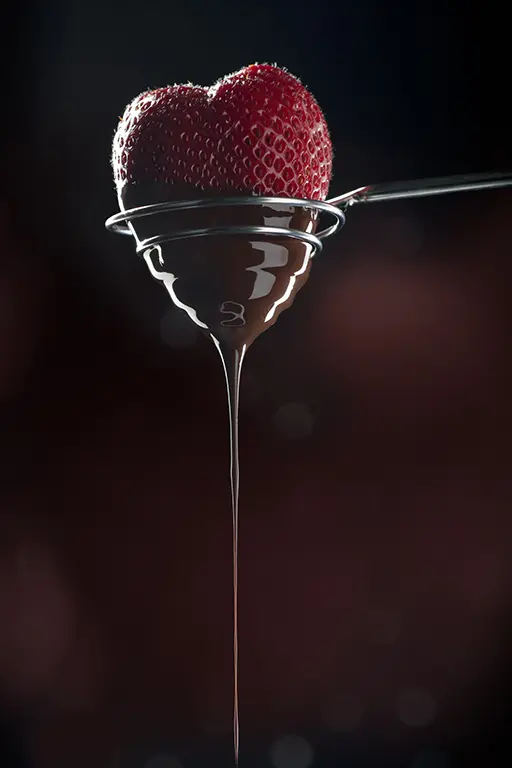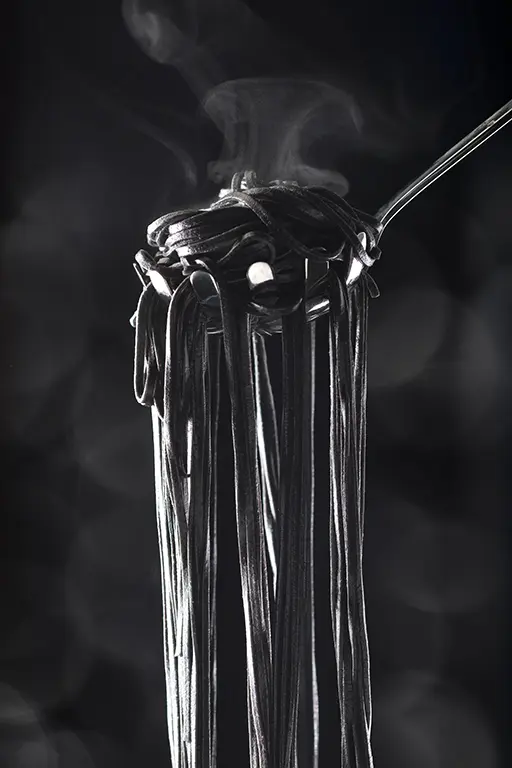Still Life Photography
I’ve said many times that photography, to me, is viewing everything as shapes and then constructing and composing visuals to celebrate that shape. Thanks to this philosophy, I have been able to create a diverse still life photography portfolio that started with industrial still life, such as chains, hooks and files, and expanded to include cosmetics and food and beverage.
The lighting leads the way
Still life photography is most impactful when lighting has been mastered in a way that turns ordinary details into art.
When working at Brian Brandt & Associates, I was lucky enough to have access to some state-of-the-art equipment, such as Sinar and Cambo cameras for large-format work and the best lighting at the time called strobe lighting.
I used the facility and this equipment after-hours to hone my use of lighting to best highlight a product’s form. I learned how to use strobe lighting to give objects a quality, smooth finish with milky highlights or to give colours extra saturation.
My skills and confidence with lighting and my work as an advertising photographer in the 80s mean I could photograph a dirty sock and have it look good!
From industrial products to cosmetics…
When I started, I was actually very happy travelling around the country shooting, when an art director saw my folio of industrial still life and asked if I could apply the same technique to cosmetics.
Though I noted the stark differences, I took on the project and as with my industrial photography, I worked hard at creating precise lighting and strong compositions that allowed the object to shine. With makeup pencils, for example, I leveraged the linear linearity and I mindfully chose backgrounds that enhanced the depth of the image.
The cosmetic still life images were very well-received, resulting in more photography work in still life and advertising (and the first of my own international accounts). From little things, big things grow indeed!
…to food and beverage.
You can create a refreshingly different point of view of a common object simply by isolating a specific shape and shooting with a macro lens. This artistic approach is what I adopt for projects like Crown Resorts’ Food and Beverage calendars. Something like an egg or strands of pasta becomes much more intriguing when the focus is on how the egg white drips or how the linguine coils and folds over itself.
On the other hand, sometimes zooming out to show the entire dish is essential, such as when shooting commercially for luxury hotels. We eat with our eyes first so the lighting needs to be mastered to showcase the textures and colours of the food. The backgrounds need to add interest and suggest opulence, without distracting from the pièce de la resistance – the food, itself!




